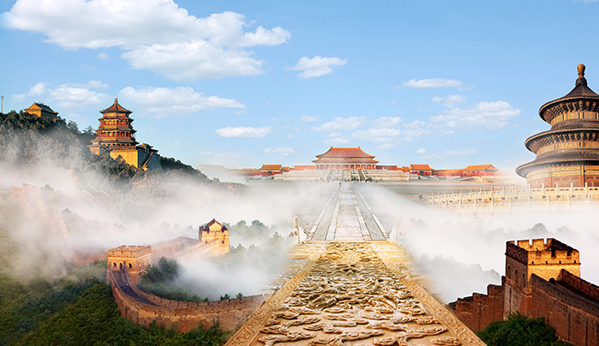Exploring china
Themed Tourism
UNESCO World Heritage Sites
As one of the four great ancient world civilizations, China has one of the most complete sets of heritage sites over a broad range and boasts the largest number of World Cultural and Natural Heritage Sites. It is home to the Terracotta Warriors (the Eighth Wonder of the World), the Great Wall (one of the Seven Wonders of the World), the Classical Gardens of Suzhou, Mount Tai, Mount Emei and West Lake, among other natural landscapes. Moreover, Chinese heritage sites are found all over the country, with visitors arriving in a Chinese city very likely to bump into one or more World Heritage Sites.
The Emerald Coast
Lingnan refers to a particular environmental region in which all provinces share similar geographic features and people have some common living habits. This primarily includes the modern Chinese provinces of Guangdong, Guangxi and Hainan. Lingnan is the perfect place for a slow and lazy appreciation of Dim Sum, having fun at the Chimelong Tourist Resort, taking in the picturesque landscape of Guilin, Guangxi, and enjoying the serene and blissful embrace of nature, or going to Hainan, a veritable paradise, to lie on the beaches and let every pore of your skin breathe deeply and feel refreshed by the passion that can only be found on this “Coconut Island”!
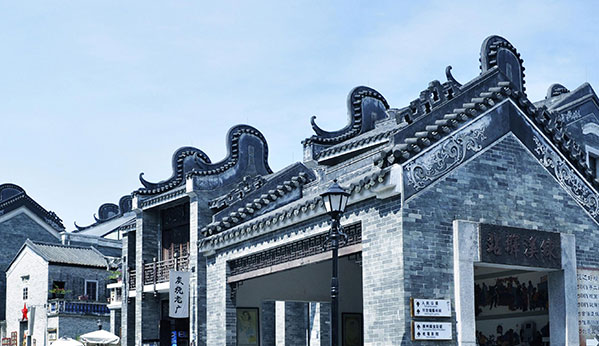
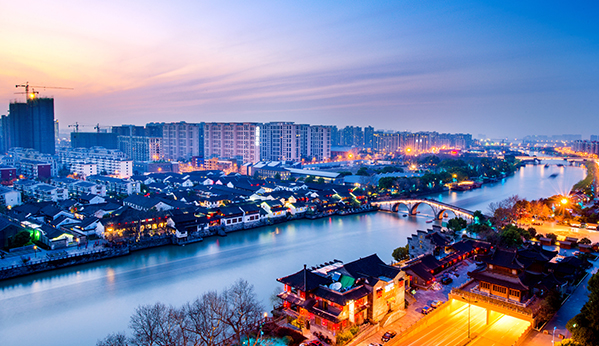
The Grand Cancal
The Grand Canal (a.k.a. the Beijing-Hangzhou Grand Canal) is the longest ancient canal in China and the world. Starting in Beijing, it passes through Tianjin and the provinces of Hebei, Shandong, Jiangsu and Zhejiang to the city of Hangzhou, and historically contributed to the economic and cultural development of, and communication between northern and southern China, particularly industrial and agricultural development and the emergence of cities and towns along the Canal. This route offers you a glimpse into the wisdom and ingenuity of the Chinese people’s forbears.
The Silk Road
The Silk Road is a thoroughfare linking east-west trade and cultural exchanges which was named after the lucrative trade in silk carried out along its length. It is also a well-known World Heritage site.
The Chinese section of the route covers Shaanxi, Gansu, Ningxia, Qinghai and Xinjiang provinces as well as provincial-level autonomous regions. It has born witness to the journeys of Zhang Qian, Xuanzang, Marco Polo and other cultural figures, while leaving behind the glorious legacies of Qin Shi Huang’s Terracotta …
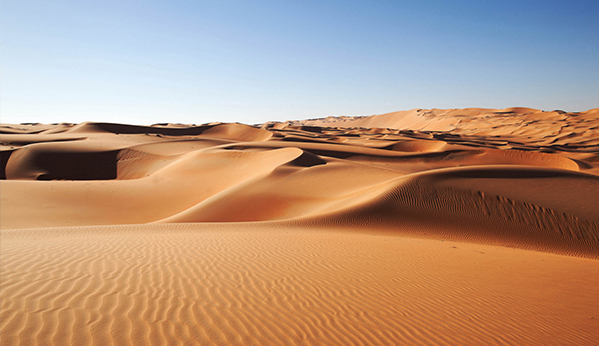
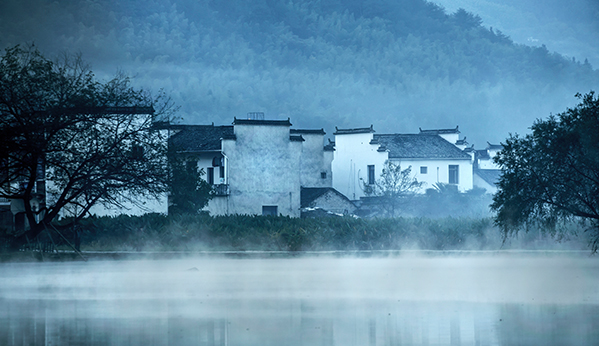
Jiangnan Water Towns
Jiangnan Water Towns refer to areas immediately to the south of the Yangtze River, including cities and provinces like Jiangsu, Zhejiang, Shanghai, Anhui and so on. Jiangnan has had the reputation of being Heaven on Earth since early in history. Numerous rivers and lakes intertwine, bridges cross small and exquisite streams, old towns and small cities, the countryside and villages, all compose a poetic and picturesque landscape. When in Jiangnan, you can go boating on West Lake, Thousand-island Lake or Qinhuai River, wander around the Classical gardens of Suzhou, Wuzhen and Zhouzhuang Ancient Town …
Shangri-La
Shangri-La is like a bright pearl. With snow-capped mountains, primitive forests and rare species of animal, it is synonymous with being a paradise on earth. This scenic route in Southwest China covers tourist attractions in Yunnan, Xizang and Sichuan. Tourists can explore the Stone Forest, a typical Chinese scenic area featuring karst topography serving multiple functions including sightseeing, ethnic lifestyle exhibitions, holiday resorts and scientific expeditions; or Jade Dragon Snow Mountain, the southernmost snow mountain in China and the Northern Hemisphere known to the world for being formidable, singular, beautiful and exquisite; and of course Potala Palace, the largest and most complete ancient fortress-like palace complex.
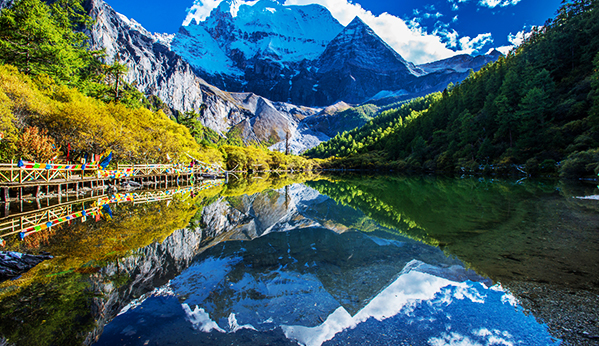
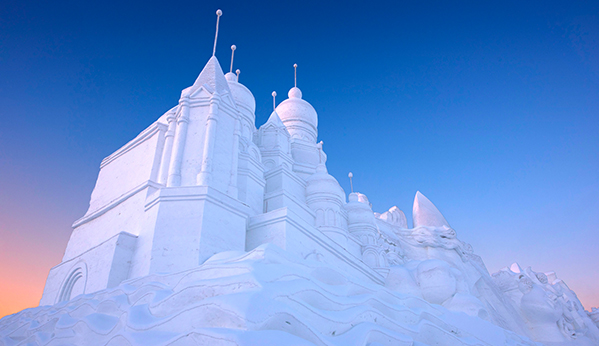
Wintertime in Northern China
Answer the call of ice and snow and experience the warmth of people from the extreme north of China. As a tourist, you can start your journey of ice and snow from any city in Heilongjiang, Jilin, Liaoning, Inner Mongolia or Hebei. On the way, a full appreciation of the gorgeous views, art and culture of ice and snow can be had. You can also integrate yourself into local life to learn how the people survive in the world of ice and snow, or join in their ice and snow entertainment and experience spinning tops on ice, dog-sledges, skating, winter fishing and so on. You will never find winter dull again!
The Great Tea Road
The Great Tea Road is an international tourist route themed on the trade of tea that provides an opportunity for tourists to get an in-depth understanding of Chinese tea culture. If you happen to be a tea lover, you will be able to sample the best Chinese tea along the road and learn about authentic tea ceremonies. As a Chinese saying goes, “Life is like a pot of tea, so taking a sip is like having a taste of life”. The growth of quality tea is extremely demanding: it must be grown in certain natural environments such as the Wuyi Mountains, the Jinggang Mountains, or the Wudang Mountains. In these lofty mountains, you can savor the taste of life and the pure sense of harmony between man and nature.
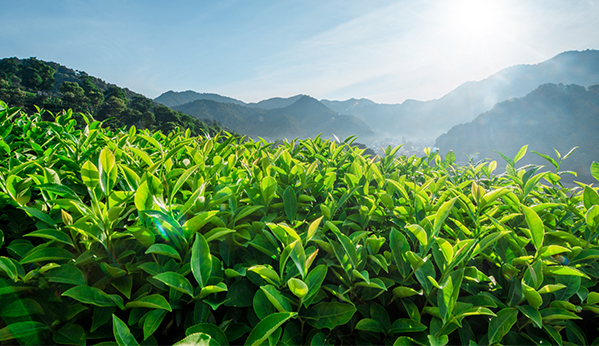
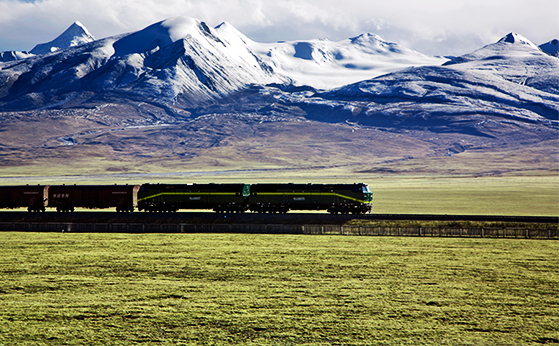
The Qinghai-Xizang Plateau
The “Sky Way” refers to the Qinghai-Xizang Railway, which starts in Xining, Qinghai Province, winds through Golmud, the Kunlun Mountains pass, the bank of the Tuotuo River, then climbs over Tanggula Pass, before entering Amdo, Nagqu, Damxung, Yambajan and finally Lhasa in the Xizang Autonomous Region. Extending 1,956 kilometers, the Qinghai-Xizang Railway is a major access route into Xizang. Known as the “Sky Way”, it is the world’s highest plateau railway with the greatest length on frozen ground. As a milestone in the global history of railway construction, it was listed as one of the “Global Century Projects” in September, 2013.
The Maritime Silk Road
The Maritime Silk Road, the oldest marine route ever known, facilitated trade and cultural communication between ancient China and other countries. You will be able to appreciate the wonderful scenery of the contemporary Maritime Silk Road, while learning about the unique local history, culture and customs during our journey through Fujian, Guangdong, Hainan, Jiangsu, Zhejiang and other coastal provinces.
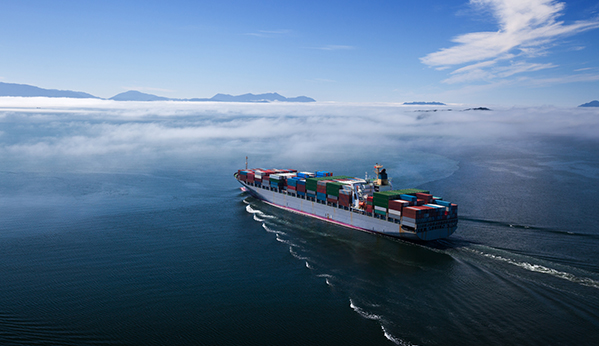
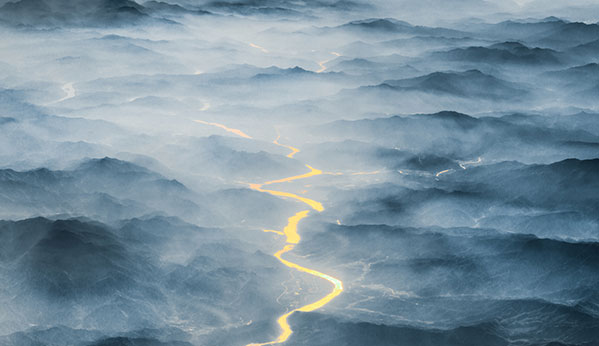
The Yangtze River
Winding about 6,300 km, the Yangtze River is the third longest river in the world. Originated in the Tanggula Range in Qinghai Province, Western China, the Yangtze River traverses from west to east through Qinghai, Xizang, Sichuan, Yunnan, Chongqing, Hubei, Hunan, Jiangxi, Anhui, Jiangsu and Shanghai, covering a total of 11 provinces and cities before finally pouring into the East China Sea at Shanghai. As the largest water system in China, the Yangtze River is historically rich and boasts many nationally renowned tourist attractions along its path such as Mount Emei, Jiuzhaigou, Mount Huangshan, Qinghai Lake and Dongting Lake.
The Yellow River
The Yellow River is the second-longest river in China and the sixth in the world with an estimated length of 5,464 km. The river basin was the primary birthplace of Chinese civilization and is thus known as the “Mother River”. Originating in the Bayan Har Mountains on the Qinghai-Xizang Plateau in Western China’s Qinghai Province, it flows eastward through Qinghai, Sichuan, Gansu, Ningxia, Inner Mongolia, Shaanxi, Shanxi, Henan and Shandong, before emptying into the Bohai Sea. The river course is dotted with renowned scenic areas including the Baotu Spring, Qufu Ming Dynasty Ancient City and Mount Tai.
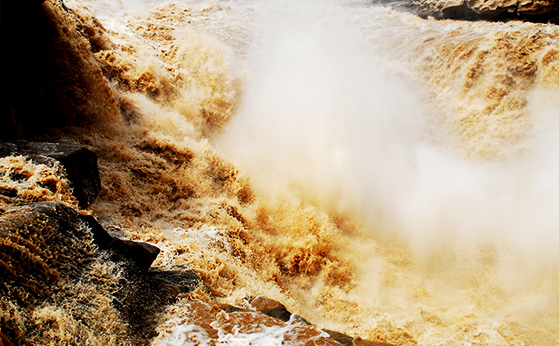
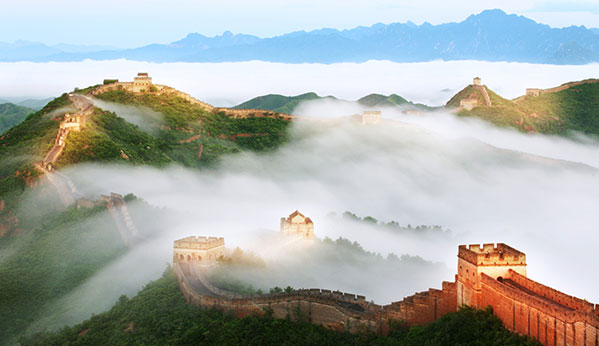
The Great Wall
The Great Wall is the military defense project in ancient China, mainly distributed in 15 Chinese provinces, autonomous regions and municipalities, i.e. Hebei, Beijing, Tianjin, Shanxi, Shaanxi, Gansu, Inner Mongolia, Heilongjiang, Jilin, Liaoning, Shandong, Henan, Qinghai, Ningxia and Xinjiang. Where there is the Great Wall, there are profound imprints of the Chinese history. Here exist the Palace Museum, Temple of Heaven, Summer Palace, Terracotta Army and Jiayu Pass, to name just a few. Tracing the Great Wall and one will finally enter the hinterland of China; standing atop the Great Wall and one will be transported to the battle scenes of millennia ago, and envisage the up and downs of Chinese history unfolding.
